A rockstar 70.3 race until I ran into the Inferno.
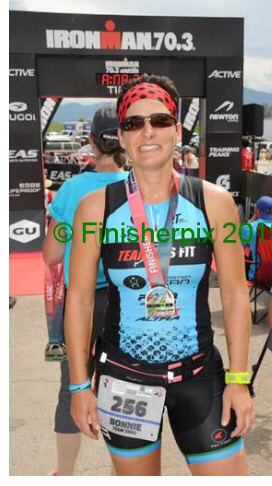 I’ve been at this awhile. Been working my tail off really. To get faster. I wanted to see some numbers that show I’m on the right path in regards to training. Having had a health crisis last year, I wanted to see that old athlete that I know back at it. Heck, I did a dream board and tossed my dreams out to the public. Add in I have this voice that is a whiney beeeacht. And for that matter, being a coach….I wanted that darn PR!
I’ve been at this awhile. Been working my tail off really. To get faster. I wanted to see some numbers that show I’m on the right path in regards to training. Having had a health crisis last year, I wanted to see that old athlete that I know back at it. Heck, I did a dream board and tossed my dreams out to the public. Add in I have this voice that is a whiney beeeacht. And for that matter, being a coach….I wanted that darn PR!
I’m one of those slower athletes.
I’ve had to work my tail off in the pool. I am not all that strong on the bike. I am good on the run. I’m injury prone. My legs bitch all the time.
I’m mostly a hot mess.
In fact, 5 years ago I weighed more than I should. And I couldn’t run around the big block of our house without stopping three times. So this PR thing, it means more than just the numbers. It’s an indication to me that I’m on the path to that next better version of myself. In general. For sure in the athletic sense.
Then add in the considerations that are always in my mind in regards to my heart health, having recovered from a-tach/a-fib last year.
Truth time: I have been in denial that I’m a different athlete now as compared to pre-heart crisis. I wanted to prove to myself that…I was a whiner, instead of me having a big aspect (limitation) to work with.
So I wanted that darn PR. BAD!
Pre-race: So in Kansas did a good amount of heat training. Knew that the run would be harm. Trained and nailed down the salt pills. Etc etc. We traveled to Boulder two days before the race. Felt good. Drank a ton of h2o.
SWIM
Did a swim warmup. Felt awesome. Ready to roll.
However….
…the first 500 yrds where pretty difficult in that I felt like I couldn’t catch my breath. I was pretty irritated with that because I felt the body was great, but had to breast stroke a couple times to get things under control.
There was zero way that I was going to get that get to me. I knew that the breath would eventually chill if I could find a strong rythym that connected my breathe with my stroke. I had to change my mental chant to….
“You Are F’in Awesome”
So that did the trick. Got my pace together and got to work. Was racing down the homestretch chasing down color capped rabbits when some inspired swimmer decided she was going to grab my legs, almost pull my chip off and continue to flounder around all around me. So the next time she got on me she got a soccer elbow. That did the trick. 😉
Goal on the swim was 45. Got 49 something. I see masters swim in my future this winter.
BIKE
Traveled through transition. Maybe a bit slower…I like to reset my mind and get myself ready for some biking. At altitude. Uphill for the first 11 miles.
The bike was actually going really well. After a difficult-breathing swim I usually need some caffeine to hedge off exercise asthma. So I was chomping on some juicy chomps. Yum.
Funny thing about endurance races, the good (and bad times) ebb and flow.
So I drank on the bike well. I took salt like clockwork. But I couldn’t get enough calories down. I could barely get my drink mix down. Altitude? :-/
So in the back of my head I was thinking about the run and thinking “oh crap”, but I just couldn’t get anything solid down.
Managed to maintain my goal pace until about 45-50. Started to not feel all that great. Missed a turn briefly…And frankly, my back was pissed. I hadn’t had back issues for a long time and during this race my back was mad the entire ride. I was thinking “holy crap how am I going to run after this…”
RUN
Back to transition, did my normal reset, rinse my hair with a lot of water, and got myself ready for the run. Actually, I didn’t feel all that terrible. Ready to roll out.
They had changed the course. No, I didn’t really read the athlete guide. Or listen much at the briefing. I was making friends. 🙂 So I joined the run with all its going-ons really hoping my brain was functioning well and that I was in fact doing things right.
I’m notorious for my wrong turns.
So the first mile felt decent. On pace. I had a pretty aggressive plan, but hell, go big or go home right?!
Though I did have a plan b.
Well, pretty much immediately after mile 1 the heat hit me. The sun. A solar flare maybe…
The run felt like an INFERNO.
I guess the temp was…88 or something like that. HAWT!!! So we (me and all of my voices) momentarily paused plan a and moved to plan b, thinking we could get back to plan a (or plan a-ish). Well…
I was really “encouraging” myself to run station to station, which seemed to be every half mile. Kept thinking about that dream board and the goal I wanted. :-/
I liked the run course changes personally. More water the better. And not a lot “lonely” spots. The run was more like a trail run as the hard packed dirt had been recently TORE UP with an ATV or something. Anyway, it was very difficult to run station to station. Just didn’t feel like I was getting enough o2. I don’t run well in the heat. And here is where the “heart aspect” comes into play in a big way.
So plan a was out. Plan b…that’s what I was trying to get to when one of my voices said it would be a good idea to drink the red bull. Hahaha. Yes. I know. As a coach…Id say “heck no”. But I needed to do something different. I really wanted the second half of the run to be different. I said to myself “oh sh$t, how much worse can it get…” Hahahaha. A whole lot worse, I mean, who wants to finish with GI Distress all over you!
2nd loop did get better. Some Zach dude said to put the ice on the femoral arteries. Did that.
WHOOP!!
I got a bit faster. Kept drinking the naughty drink. Doing all the cooling strategies. Actually had to stop and use the facilities. Happy kidneys.
Sort of finished it on my terms. Not the PR that I wanted…
I did cross the finish line welcoming this new athlete that I am and saying goodbye to the old athlete.

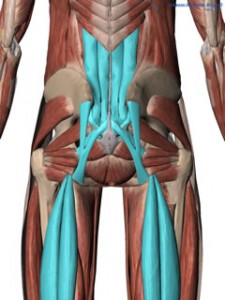
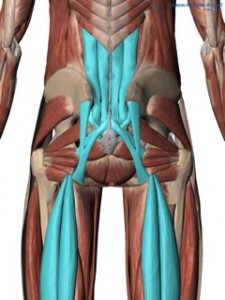 So lets be super general here. This is a BIG FAT TOPIC.
So lets be super general here. This is a BIG FAT TOPIC. Let’s chat a second about the pelvis. Think of it as a bowl. It can tilt in four directions. It’s not a stable as everyone thinks. And can get “stuck” fascialy speaking due to this and that. Moms, you know what I’m talking about. The heavy baby on one hip is classic. Heavy purses on one shoulder. So it’s not as “stable” as what we think.
Let’s chat a second about the pelvis. Think of it as a bowl. It can tilt in four directions. It’s not a stable as everyone thinks. And can get “stuck” fascialy speaking due to this and that. Moms, you know what I’m talking about. The heavy baby on one hip is classic. Heavy purses on one shoulder. So it’s not as “stable” as what we think.
 Reclined Leg Stretch
Reclined Leg Stretch

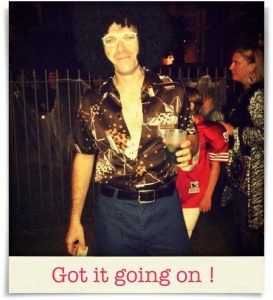 No no, it’s not what you think…
No no, it’s not what you think…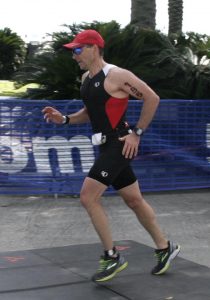

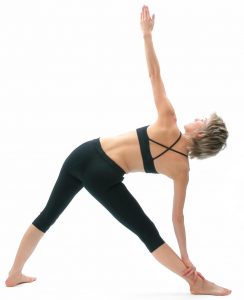 The yoga pose “triangle” is an excellent way for athletes to bring a synergistic balance of stretch and strength to the whole body.
The yoga pose “triangle” is an excellent way for athletes to bring a synergistic balance of stretch and strength to the whole body.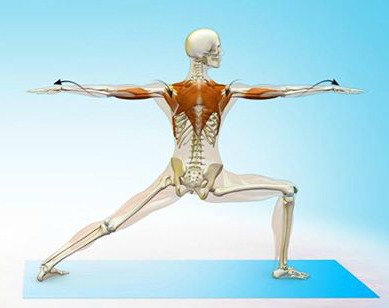
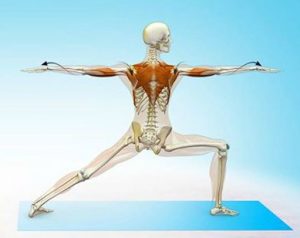 The yoga pose “warrior 2” is an excellent way for athletes to bring a synergistic balance of stretch and strength to the whole body.
The yoga pose “warrior 2” is an excellent way for athletes to bring a synergistic balance of stretch and strength to the whole body.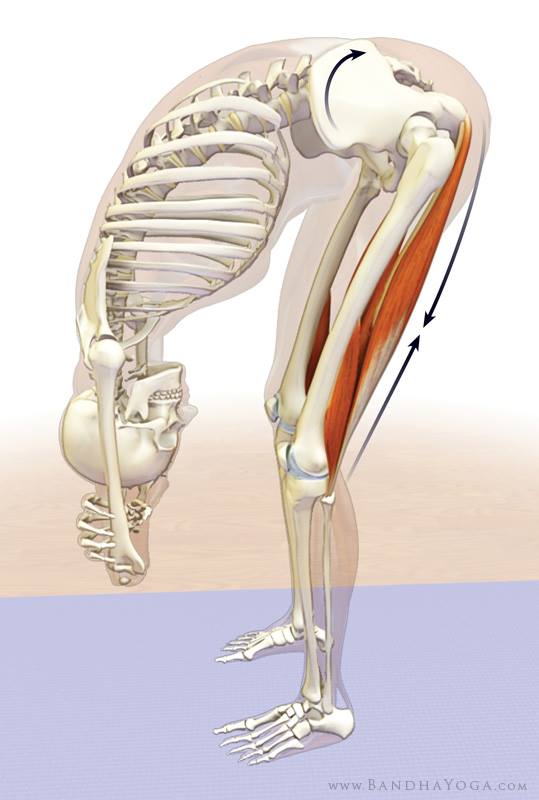

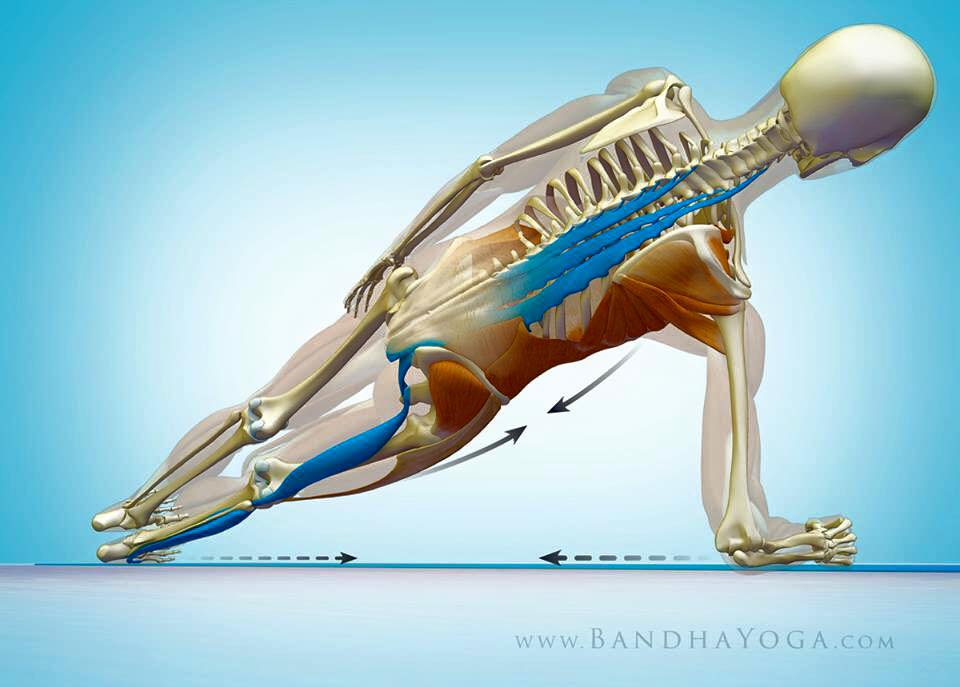
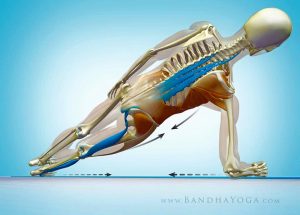 Side Plank is an excellent way for athletes to build strength
Side Plank is an excellent way for athletes to build strength